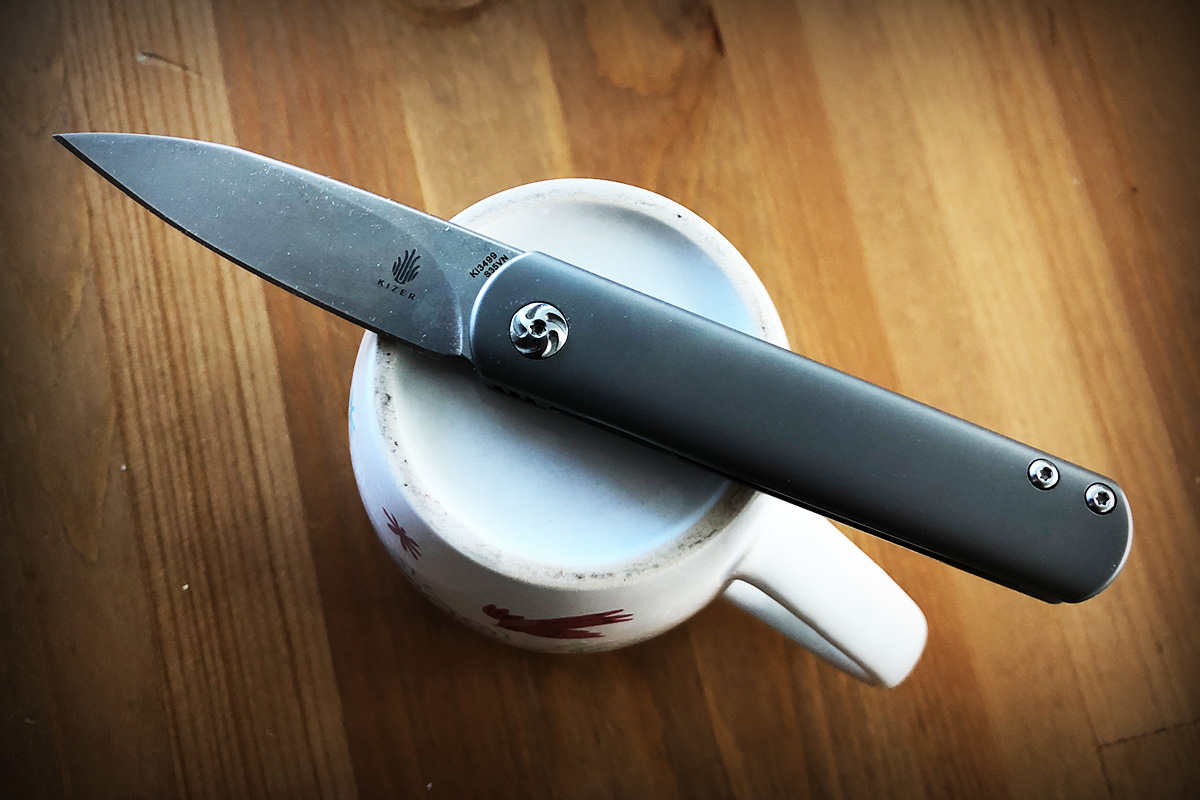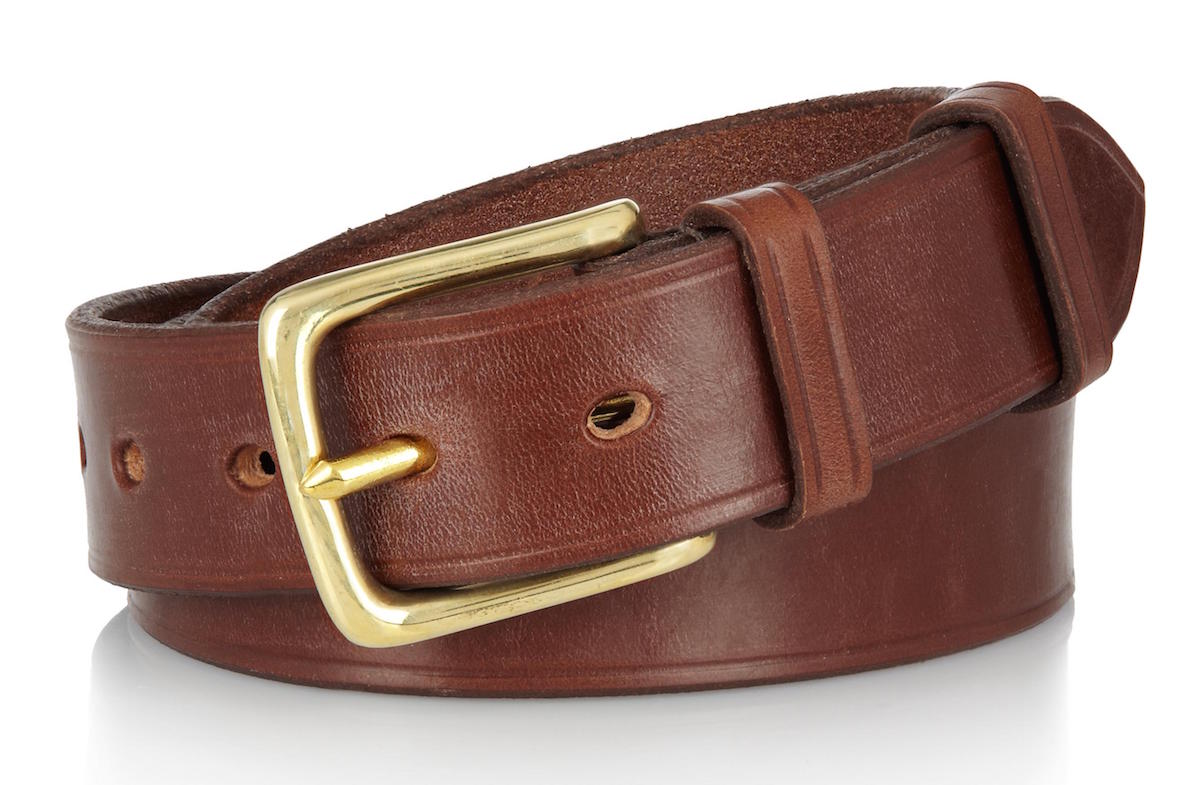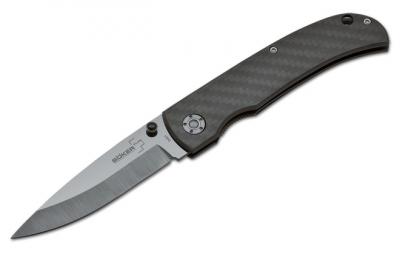
Whether you’re out in the wilderness with only a few pieces of gear or can’t find a sharp knife to save your life, a knife sharpener isn’t always there when you need it most. Fortunately, knowing the basics of how to sharpen a knife and some creative thinking, you can sharpen or hone your blade using a variety of common household items.
Before we delve into things, it’s important to understand what we mean by “sharpening.” Technically, sharpening refers to removing metal from the blade to create a new, keener edge.
Not all of these objects will sharpen a knife in the truest sense of the word like a traditional knife sharpener. Honing or stropping, doesn’t remove metal but realigns the existing edge to make the knife perform sharper. Many of the methods below fall into one of these two categories—and both can be useful in a pinch.
Here are 10 everyday items you can use to sharpen or hone your knife when a traditional sharpener isn’t available:
Coffee Mug

A ceramic mug with an unglazed bottom edge can function much like a sharpening stone. Just flip the mug over, find the rough ring on the base, and drag the blade across it at a 15–20 degree angle. If it’s working, you’ll see a dark line where the metal is being removed. This method is surprisingly effective and readily available in most kitchens.
Leather Belt

While it won’t sharpen in the strictest sense, a leather belt is perfect for stropping your knife, which realigns the edge and improves sharpness. Avoid belts with stitching or embossing, and always strop by moving the blade away from its edge. This method is especially useful for touch-ups after using one of the more abrasive methods listed.
 If you’re an ardent user of knives, the unfortunate reality is that your favorite knives will become damaged. Sometimes when it’s a cheap knife you bought online, it’s easier to buy another one. But if it was your dad’s knife or a really expensive custom-made knife, going through the trouble of repairing it seems reasonable. Take a look at these tips to figure out the process you should go through when trying to repair your knife.
If you’re an ardent user of knives, the unfortunate reality is that your favorite knives will become damaged. Sometimes when it’s a cheap knife you bought online, it’s easier to buy another one. But if it was your dad’s knife or a really expensive custom-made knife, going through the trouble of repairing it seems reasonable. Take a look at these tips to figure out the process you should go through when trying to repair your knife.



